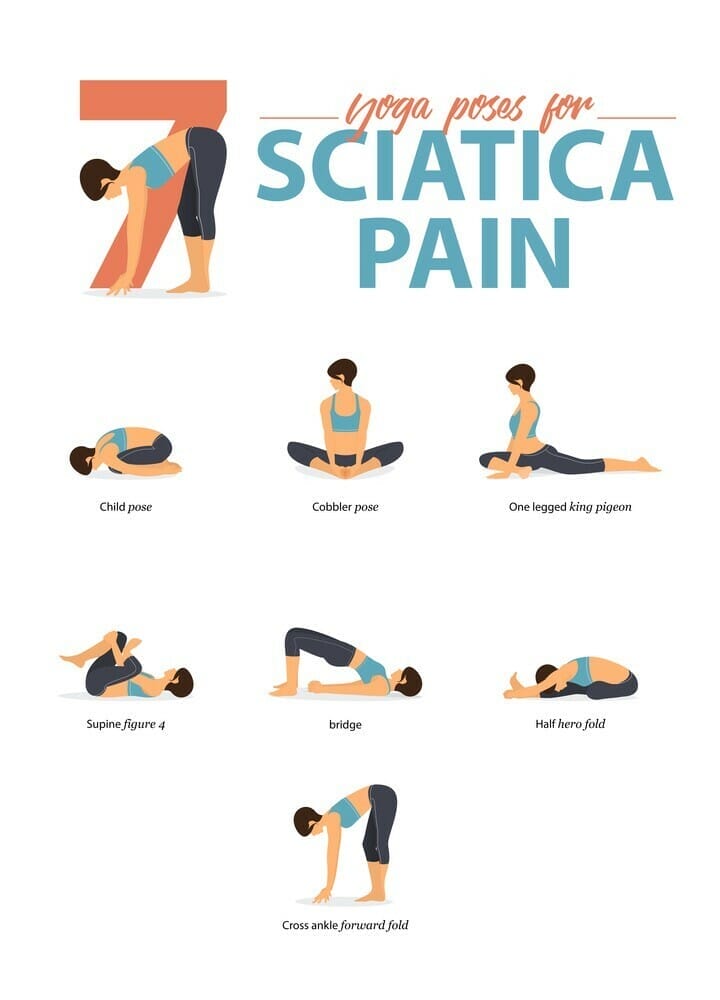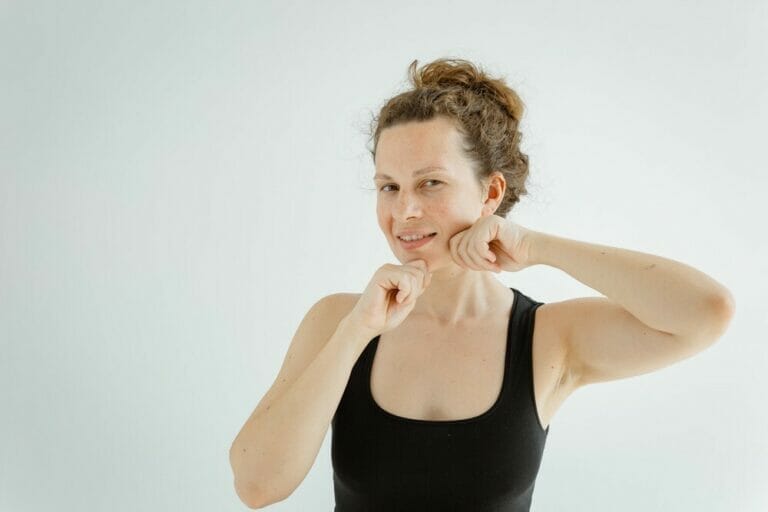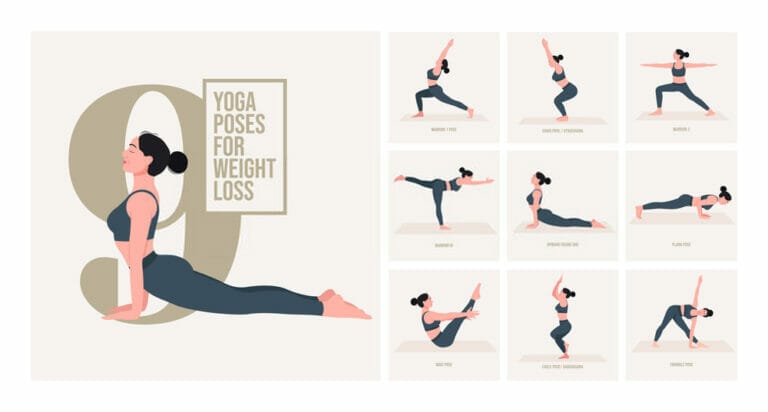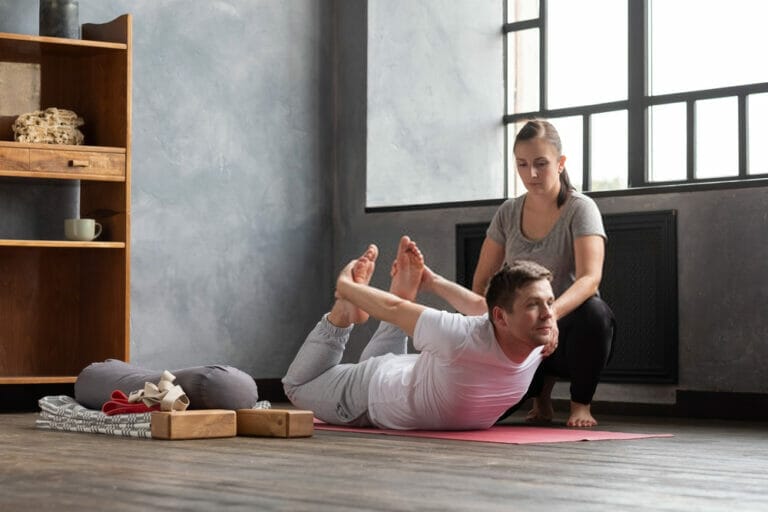Yoga Pose Sequence for Beginners
Are you new to yoga and not sure where to start? Don’t worry, we’ve got you covered. This yoga pose sequence is perfect for beginners. It includes a variety of basic yoga poses that will help you build strength and flexibility.
So, let’s get started. Remember to breathe deeply and mindfully as you move through each pose. And most importantly, have fun!
Why yoga is good for beginners
Yoga is a great way to start your day or wind down from a long day. It’s a perfect way to get your body moving and your mind focused. Yoga is also a great way to relieve stress and tension. Here are some of the reasons why yoga is good for beginners:
- Yoga is a low-impact activity that can help you build strength, flexibility, and endurance.
- Yoga can help improve your posture and alignment.
- Yoga can help you learn to control and focus your breath.
- Yoga can help reduce stress and tension in the body.
- Yoga can help increase your energy levels and vitality.
- Yoga can help improve your sleep quality.
- Yoga can help boost your immune system.
- Yoga can help you become more aware of your body and your environment.
- Yoga can help you connect with your inner self.
- Yoga can help you find a sense of peace and calm in your life.
How to get started with yoga
Before you begin your yoga practice, it is important to understand the basic principles of yoga. Yoga is an ancient practice that helps to promote physical and mental well-being. The word “yoga” comes from the Sanskrit root yuj, which means “to yoke” or “to unite.” Yoga is often described as a union of the body, mind, and spirit.
The physical practice of yoga is known as Hatha yoga. Hatha yoga includes all the yoga poses or asanas that are commonly practiced in yoga classes. These yoga poses help to stretch and tone the muscles, improve flexibility, and promote relaxation.
Most yoga classes will begin with some basic warm-up exercises. These may include gentle stretching, deep breathing, or chanting. Once you are warm, you will begin to move through a series of yoga poses. The poses will vary depending on the style of yoga you are practicing.
It is important to listen to your body and not push yourself too hard. If you feel any pain, stop and rest. Remember to breathe deeply and relax into the stretch. Yoga is not about competition, it is about finding your own inner peace.
If you are new to yoga, it is recommended that you start with a beginner’s class. Once you have mastered the basic poses, you can move on to a more advanced class. There are many different types of yoga classes available, so you can find one that suits your needs and interests.
Beginners Yoga Sequence
When you’re just starting out with yoga, it’s important to find a beginners yoga sequence that will help you ease into the practice. This beginners yoga sequence is a great way to get started with yoga and learn the basic poses.
To start, find a comfortable place to practice where you won’t be interrupted. Then, begin by doing some basic stretches to warm up your body. Next, try some of the beginner yoga poses that we’ll cover in this sequence. Remember to breathe deeply and slowly as you move through the poses.
Once you’ve tried the beginner yoga poses, you can move on to more advanced poses. But always listen to your body and don’t push yourself too hard. Yoga is meant to be a relaxing and enjoyable experience.
So, take your time with this beginners yoga sequence and enjoy the journey.
1. Sun Salutation
In yoga, the sun salutation is a series of 12 postures performed in a sequential order. The sun salutation is usually performed as a warm-up to other yoga practices, but can also be done as a stand-alone practice.
The 12 postures of the sun salutation are:
- Mountain pose
- Upward salute
- Downward salute
- Cobra pose
- Locust pose
- Plank pose
- Four-limbed staff pose
- Upward-facing dog pose
- Downward-facing dog pose
- Camel pose
- Cow face pose
- Cobra pose
The sun salutation can be performed at any time of day, but is especially beneficial when performed in the morning. The sun salutation is a great way to start your day and get your body moving.
If you are new to yoga, or if you are looking for a gentle practice, the sun salutation is a great place to start.
2. Warrior I
This is a powerful pose that strengthens the legs and arms, while opening up the hips and chest.
Begin in Mountain Pose, then step your left foot back about four feet, keeping your feet parallel. Turn your left foot out so that it’s pointing toward the left, and angle your right foot in about 45 degrees.
Bend your right knee so that it’s in line with your ankle, and reach your arms out to the sides, parallel to the ground. Gaze over your right hand. Hold for five breaths, then repeat on the other side.
3. Warrior II
This powerful yoga pose is perfect for beginners. It strengthens the legs and opens the hips, while also stretching the arms and chest.
- Start in standing position with your feet hip-width apart.
- Step your right foot back, keeping your heel in line with your left arch.
- Bend your left knee so that it’s at a 90-degree angle.
- Reach your arms out to the sides, parallel to the ground.
- Gaze over your left hand.
- Hold for five to eight breaths, then repeat on the other side.
4. Triangle Pose
Triangle Pose is a great way to stretch the sides of the body and open up the chest. It also strengthens the legs and ankles.
To get into the pose, start in Warrior II. Then, bring your left hand down to your left ankle and your right hand to the ground in front of you. Next, straighten your legs and open up your hips so that your body forms a triangle shape.
To come out of the pose, slowly lower your hands back to the ground and then step your feet back together.
5. Half Camel Pose
To get into half camel pose, start in a seated position with your legs crossed in front of you. Place your hands on your hips and slowly lean back, arching your spine.
Then, place your right hand on the floor behind you and reach your left hand up overhead. Gently twist your torso to the right and look up at your left hand. Hold the pose for a few breaths before releasing and repeating on the other side.
6. Seated Forward Fold
Seated forward fold is a great way to release tension in the back and shoulders. It also stretches the hamstrings and calves. To do this pose, sit on the ground with your legs extended in front of you. If you can, bring your heels close to your pelvis. If this is not possible, keep your legs as straight as you can.
Bend forward from the hips, keeping your spine long. Walk your hands out in front of you until they are parallel to your legs. If you can, touch your forehead to the ground. If this is not possible, just let your head hang down.
Stay in this pose for at least 30 seconds. To release, walk your hands back to your hips and slowly sit up.
7. Corpse Pose
This is the last pose in the sequence and is for relaxing and rejuvenating, your body, muscles and nervous system. It helps in relieving the stresses your body go through when doing the poses.
- Lie on your back with your feet hip-width apart and your arms by your sides, palms up.
- Close your eyes and take a few deep breaths.
- As you exhale, begin to let your whole body go heavy and limp.
- Soften your jaw and release any tension in your face.
- Relax your shoulders, letting them fall away from your ears.
- Allow your lower back to arch slightly and your pelvis to tilt forward, so that your lower back is flat on the floor.
- Breathe deeply and evenly, letting your whole body sink into the floor.
- Stay in Corpse Pose for 5-10 minutes, or longer if you like.
When you’re ready to come out of the pose, take a few deep breaths and slowly roll to your side. Press up to a seated position when you’re ready.
Summary
The article provides a great starting point for beginners who want to get into yoga. It outlines a simple sequence of poses that can be done at home with little equipment. The article also provides some tips on how to get the most out of your practice.






